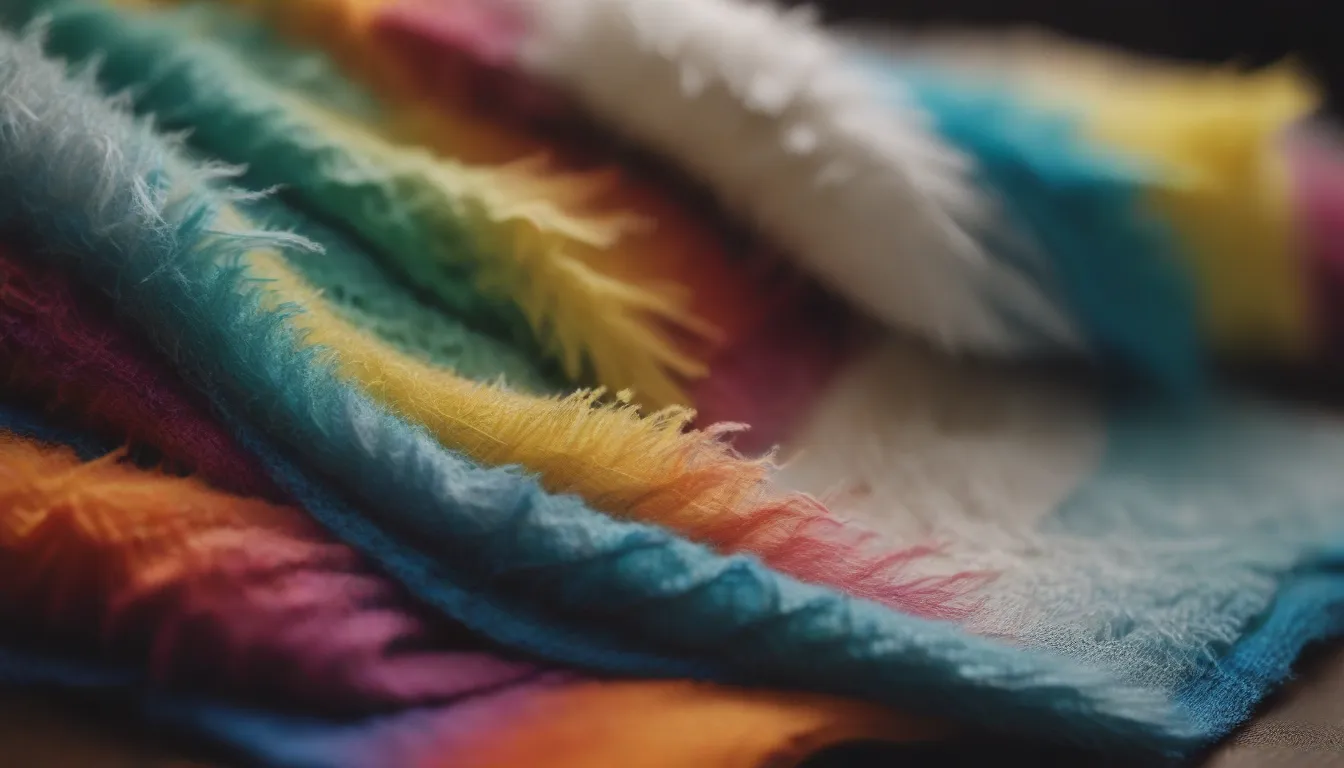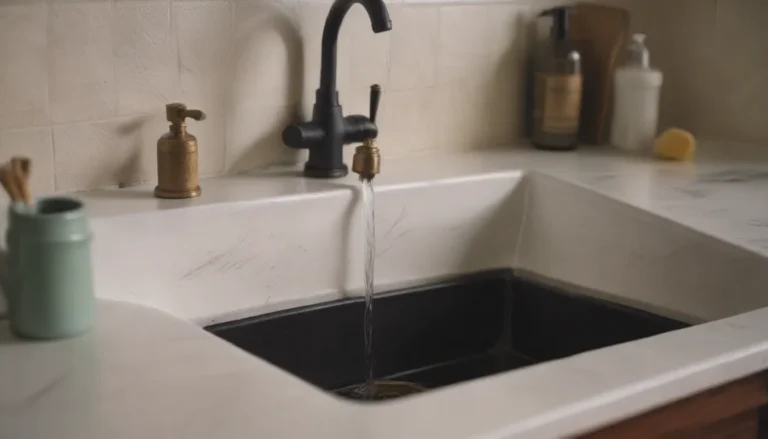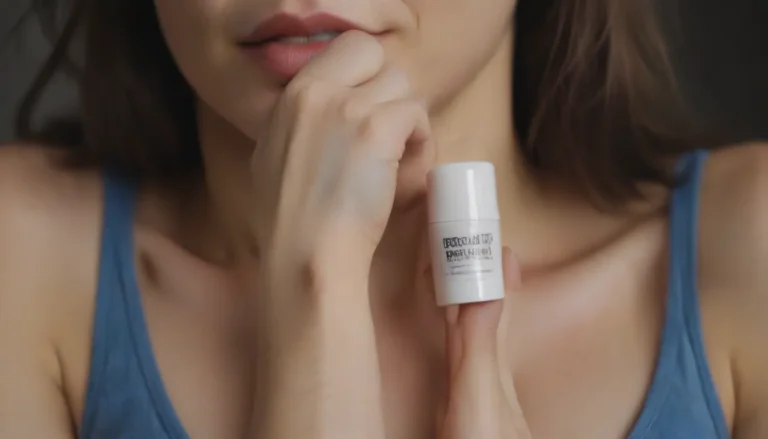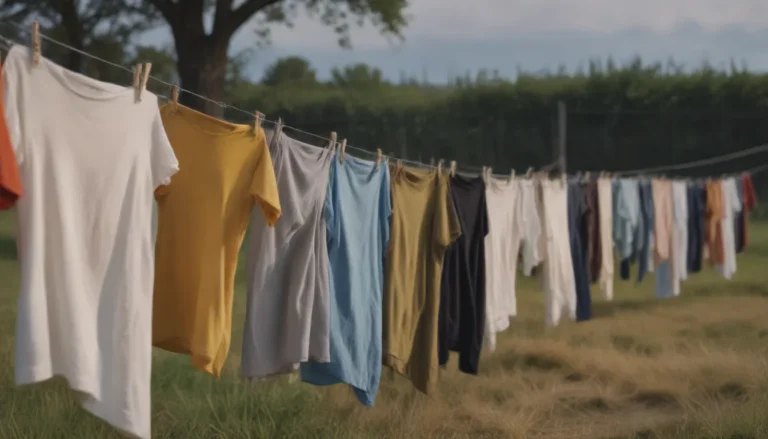The Benefits and Drawbacks of Using Dryer Sheets

When it comes to doing laundry, dryer sheets are a popular choice for many consumers. Not only do they help reduce lint, prevent wrinkles, and rid clothes of static cling, but they also leave garments feeling soft and smelling fresh. However, as concerns have arisen regarding the potential health and environmental impacts of dryer sheets, it’s essential to understand the pros and cons of using them and explore alternative options. In this article, we’ll delve into the ingredients found in dryer sheets, the benefits they offer, potential drawbacks to be mindful of, and eco-friendly alternatives to consider.
What’s in a Dryer Sheet?
Most commercial dryer sheets are made from a non-woven polyester base sheet that is coated with a softening agent. These softening agents often contain long hydrophobic chains made of fatty acids, alcohol ethoxylates, or fatty alcohols. Additionally, dryer sheets typically include fragrances to impart a pleasant scent to freshly laundered clothes. While the chemicals in dryer sheets are generally recognized as safe by the FDA, it’s important to note that some ingredients may still pose potential risks, especially for individuals with sensitivities.
The Pros of Using Dryer Sheets
- Softens Fabrics: One of the primary benefits of using dryer sheets is how they make clothes feel. The heat from the dryer releases softening compounds from the sheets, which adhere to the fabric and make it feel smooth and silky.
- Reduces Static: Dryer sheets help prevent the build-up of static electricity in clothing fibers, resulting in less clinging and static.
- Repels Lint and Hair: By creating a smoother surface on fabrics, dryer sheets help repel lint and hair, keeping clothes looking fresh and clean.
The Cons of Using Dryer Sheets
- Residue Build-Up: If not properly cleaned off, the softening agents in dryer sheets can leave a residue on fabrics, making them less breathable and reducing their absorbency over time.
- Fragrance Concerns: Some individuals may experience respiratory, dermatological, and neurological issues when exposed to the fragrances in dryer sheets. Manufacturers are not required to list all fragrance ingredients on packaging, which can pose a challenge for those with sensitivities.
- Environmental Impact: Studies have shown that dryer sheets emit volatile organic compounds (VOCs) that contribute to air pollution. Additionally, certain chemicals found in dryer sheets may have negative effects on the environment.
Safety Considerations and Alternatives
Safety Tips for Using Dryer Sheets
- Pet Safety: Dryer sheets are toxic to pets and can cause respiratory and gastric issues if ingested. Keep them out of reach of animals to prevent accidental ingestion.
- Reduce Exposure: Consider using non-scented or eco-friendly dryer sheets to minimize exposure to potentially harmful chemicals.
- Try Half a Sheet: Cut dryer sheets in half to reduce the amount of softening agents being transferred to your clothes.
Eco-Friendly Alternatives to Dryer Sheets
- Natural Wool Dryer Balls: Wool dryer balls are a sustainable and reusable alternative to traditional dryer sheets. They help soften clothes, reduce static, and decrease drying time.
- Distilled White Vinegar: Adding distilled white vinegar to the final rinse cycle can help strip away detergent residue and leave clothes feeling soft and fresh.
- Proper Laundry Care: By properly washing and caring for your clothes, you can reduce the need for excessive softeners and reduce environmental impact.
Conclusion
While dryer sheets offer convenience and benefits in terms of fabric softness and static reduction, it’s important to be aware of potential drawbacks and safety considerations. By understanding the ingredients in dryer sheets, exploring eco-friendly alternatives, and following safety tips, you can make informed choices about your laundry routine. Whether you choose to continue using dryer sheets or opt for more sustainable options, prioritizing your health and the environment is key. Remember, it’s all about finding what works best for you and your lifestyle.





